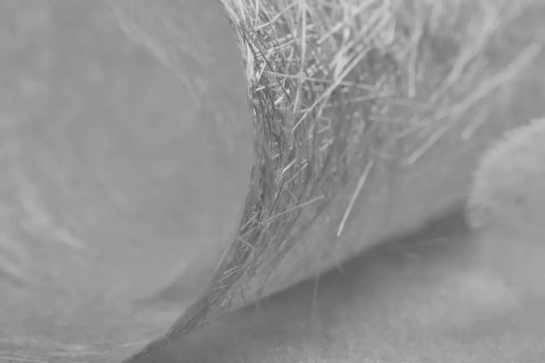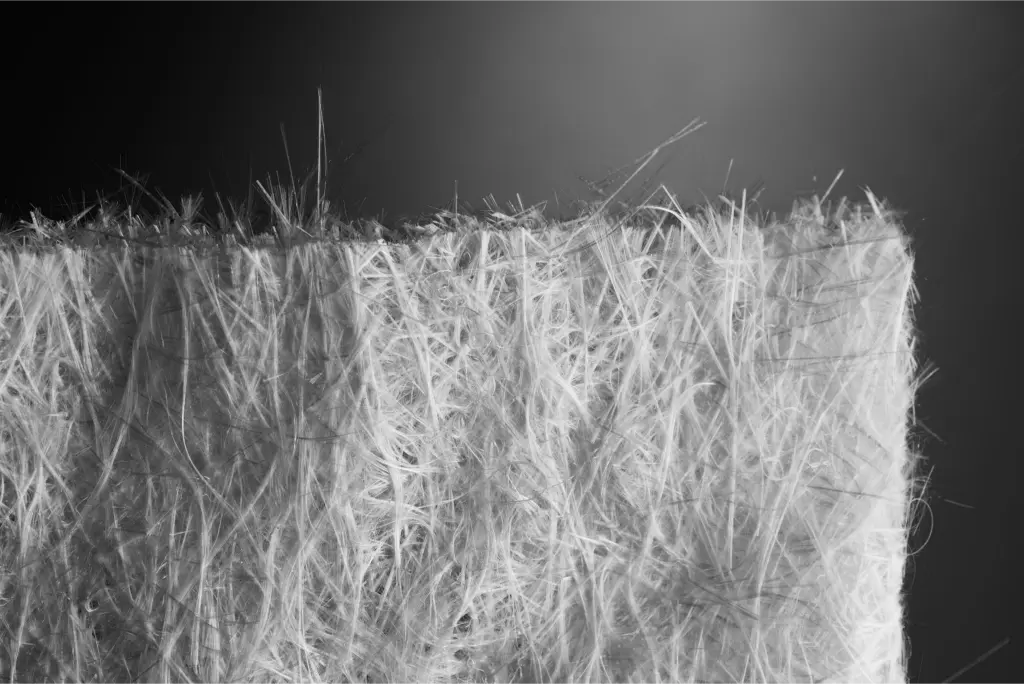Resin Transfer Molding (RTM) is a closed-mold manufacturing technology to produce high-performance composite components for a lot of industry who are in composites industry such as aerospace & defence, automotive, wind energy, infrastructure, marine, sports & recreation, medical equipment, electronics. In this production technology, dry fiber reinforcements are placed into a mold and then closed. The technically approved resin is injected into the mold, saturating the fibers and the composite is subsequently cured to form the final part. This process is generally preferred for its ability to produce components with smooth surfaces on both sides, consistent wall thicknesses and high structural integrity.
Another variation of RTM production technology is is Light Resin Transfer Molding which also called as Light RTM In Light RTM, a semi-rigid counter mold is used in conjunction with vacuum pressure to push resin flow into the preformed fibers. This method generally offers advantages such as reduced tooling costs.
The molding technologies used in RTM also differ. Rigid molds are being used which is called as “traditional RTM” and the molds are being produced from aluminum, steel or fiberglass reinforced plastic. With these molds -even if it is more costly to produce the mold itself-, high dimensional accuracy, high volume production and high pressure resin injection can be achieved. Flexible membrane molds are being used in RTM. These molds offer lower tooling costs and generally preferred for prototype and low volume production. But also it is good to use flexible membrane molds if the final product has complex shapes. Heated RTM molds are also an option produced from aluminum or steel for faster curing cycles which increases the production speed. And lastly multi-cavity RTM molds which are produced from aluminum or steel are being used for increased production output but it’s more costly for production.
The quality of the final composite part in RTM processes is significantly differs by the choice of reinforcements. For instance, our kelteks FormMat, kelteks CombiMat, kelteks Complex which in an innovative three-layer complex with a middle layer of fleece with the needled or stitched options are designed fast and even impregnation of laminates. Our high-volume fabrics are produced without chemical binders, promoting better resin flow and an improved final surface finish.
What our reinforcements offer you for your RTM production?
- Time saving: consists of 2 layers of chopped fibers and 1 layer of a veil which saves you the time of work and preparation. Does not wear out during processing which gives a better surface aspect than most of other reinforcements.
- Super volume: premium fabric for sharp-edged parts because high-volume fibers allow optimal coverage of critical areas.
- Mechanically bonded: bonded by the needling process, without chemical binding adds volume to reinforcements which means greater part thicknesses can be achieved.
- Mechanical properties: ideal for manufacturing components that demand high strength and durability.
- Improved Surface Appearance: Enhances the surface quality of profiles, ensuring a smooth and aesthetically pleasing finish.
- Improved Surface Appearance: Enhances the surface quality of profiles, ensuring a smooth and aesthetically pleasing finish.
And one of the latest technology in RTM technology is VARTM which refers vacuum pressure to assist in resin flow and allowing for the production of large, complex parts with lower tooling costs.
The RTM process offers advantages such as High-Quality Surface Finish, Dimensional Accuracy, Structural Integrity and Environmental Benefits.

As RTM technology continues to evolve, it is becoming an increasingly vital manufacturing method across various industries. The latest advancements -such as fast-curing resins, automation, vacuum-assisted techniques, and predictive modeling- are increasing the production efficiency, improving part quality, and expanding the range of RTM applications. We are at the forefront of these innovations, developing advanced reinforcement materials that optimize resin flow and structural performance for you. RTM remains and will remain for a while, as a key solution for producing lightweight, high-strength, and durable composite components, paving the way for a more sustainable and efficient future in composite manufacturing.
Samed Uslu
build solid.


